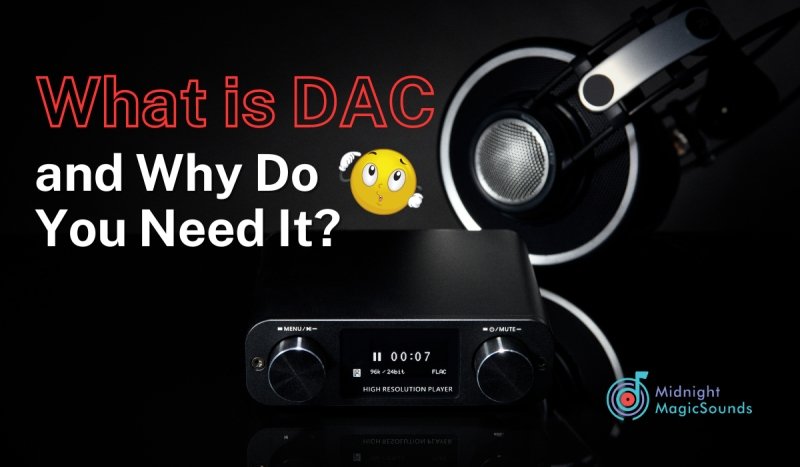As technology continues to evolve, so does the way that we consume media. From the first grainy black and white images on a flickering screen to today's crystal-clear pictures that seem to jump off the screen, the evolution of TV has been nothing short of remarkable.

One of the latest advances in TV technology is Ultra HD, also known as 4K. But what exactly is Ultra HD, and do you really need it?
First, let's start with the basics. Ultra HD is a resolution standard that offers four times the amount of pixels as standard high definition (HD). That means that Ultra HD TVs can display images with a resolution of 3840 x 2160 pixels, compared to the 1920 x 1080 pixel resolution of standard HD.
The result is a picture that is incredibly sharp and detailed, with richer colors and deeper blacks. If you've ever seen an Ultra HD TV in action, the difference is striking.
But just because Ultra HD is available doesn't necessarily mean that everyone needs it. After all, not everyone has a massive TV or enjoys sitting so close that they're practically cuddling with the screen.
For those who do have a big screen, however, the benefits of Ultra HD are undeniable. With more pixels, even the largest TVs can display sharp and detailed images without any pixelation. And with more and more content being shot in Ultra HD, there will be an increasing amount of material available to take advantage of the higher resolution.
One of the challenges with Ultra HD, however, is that not all content is available in 4K. While streaming services like Netflix and Amazon Prime Video offer a growing selection of Ultra HD content, some of the biggest networks and studios are slow to adopt the new standard.
In addition, some content that is advertised as 4K may not actually be true Ultra HD. Some providers use a process called upscaling to take lower resolution footage and fill in the gaps with additional pixels to create a 4K image. While the resulting image may look better than a lower resolution video, it isn't true Ultra HD.
But even without true 4K content, many Ultra HD TVs have additional features that can help improve the viewing experience. For example, many TVs come with built-in upscaling technology that can improve the picture quality of lower resolution material. And some sets have HDR, or high dynamic range, which can provide better contrast and more vivid colors.
Of course, all of these features come at a cost. Ultra HD sets can be significantly more expensive than their HD counterparts, and the additional expense doesn't stop there. In order to take full advantage of the higher resolution, you'll also need to invest in Ultra HD sources, such as a compatible streaming device or 4K Blu-ray player.
Ultimately, whether or not you need Ultra HD will depend on your viewing habits, budget, and priorities. For some, the improved picture quality is worth the additional expense. For others, the incremental gains in picture quality may not be worth the added cost.
But regardless of whether or not you choose to invest in Ultra HD, it's clear that the future of TV is headed in a more detailed and richer direction. As content creators continue to embrace the higher resolution standard, Ultra HD will become more and more prevalent in our daily lives, whether we're ready for it or not.